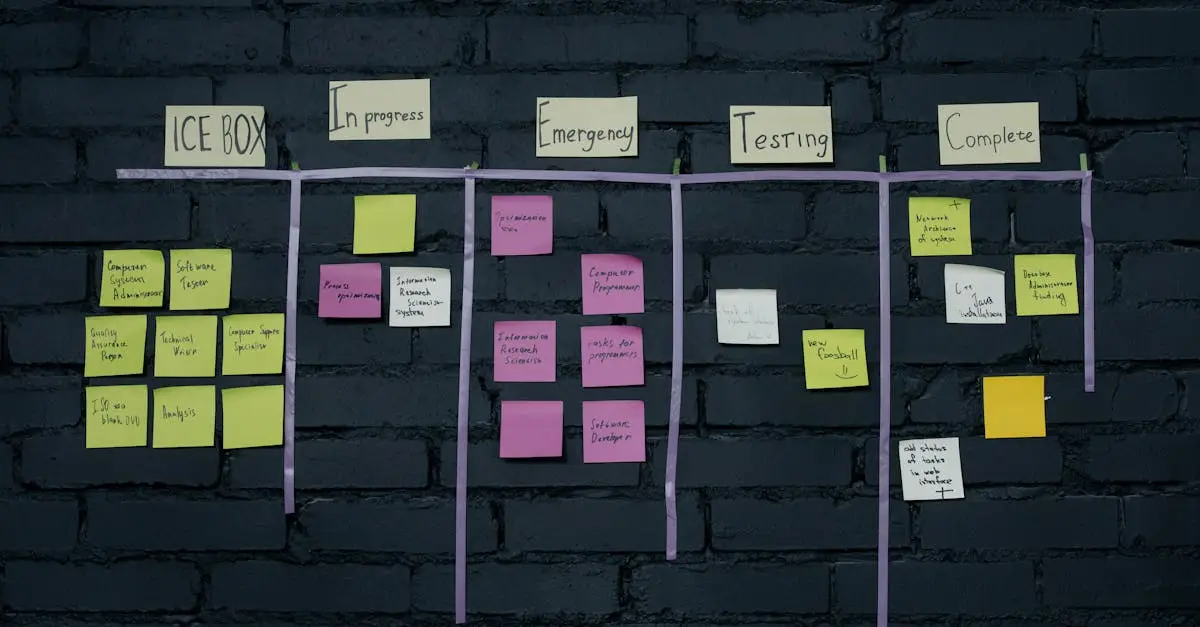Mastering Vendor Management: Strategies for Shared Services Success
Vendor management can feel like an uphill battle, right? You’re juggling contracts, deadlines, and expectations while ensuring that all parties are pulling in the same direction. What if I told you that mastering vendor management is not just about managing those relationships, but about turning them into strategic partnerships? I’ve spent over 20 years in shared services, and I can tell you this: it doesn’t have to be complicated. Understanding the Landscape of Vendor Management First up, know your vendors. You don’t just want to know their contact number; getting familiar with their culture, capabilities, and pain points is critical. Think of it like planning a road trip – you study the maps, the stops, and the routes. Start by: Conducting vendor assessments to understand their strengths and weaknesses. Building a reliable database of all vendor information. Mapping your objectives to their capabilities. Building Strong Relationships Don’t treat vendor management like a marriage of convenience. Invest time in building genuine partnerships. The stronger your relationship, the more likely your vendors will go above and beyond. Here’s how: Communicate openly and often. Schedule regular check-ins and feedback sessions. Celebrate their achievements, like they’re part of your team. Be transparent about your needs and challenges. Setting Clear Expectations Imagine diving into a project with vague guidelines. Frustrating, isn’t it? Clarity is key in vendor management. Here are some steps to ensure alignment: Clearly define roles and responsibilities. Include performance metrics in your contracts. Regularly review these metrics to ensure everyone is on the same page. Leveraging Technology for Optimization Technology is your friend in vendor management. Think of it as a toolkit that empowers you to streamline processes. Here’s how to harness it: Use vendor management systems (VMS) for tracking contracts and performance. Implement e-invoicing tools to speed up payments and reduce errors. Utilize online communication tools to facilitate dialogue. Navigating the Challenges of Vendor Management Let’s get real for a second. Vendor management in shared services is fraught with challenges. From miscommunication to performance discrepancies, there’s a lot that can go wrong. Stay proactive by: Monitoring market trends and vendor performance. Being prepared with contingency plans to address potential issues. Practicing active listening during vendor discussions to catch any red flags early. The Power of Process Optimization If you’ve ever felt overwhelmed by the intricacies of vendor management, you’re not alone. The process can be daunting, but with the right strategies, it becomes manageable. Here are key strategies: Map your vendor processes to identify inefficiencies. Seek continual feedback from your teams and the vendors themselves. Regularly refine your vendor selection criteria based on evolving business needs. Empowering Your Team Your team plays an essential role in the vendor management process. It’s not a one-person job. Empower them by: Providing vendor management training and resources. Encouraging collaboration across departments when engaging with vendors. Fostering a culture of accountability for vendor performance. The Bottom Line Mastering vendor management isn’t just another box to tick; it’s a vital part of your shared services success strategy. When you treat vendor relationships as collaborations rather than transactions, you unlock opportunities for innovation and efficiency. Let’s keep this conversation going. Want to dive deeper into strategies for shared services? Check out The GBS Edge blog. We cover a wealth of topics on transformation, innovation, and leadership in the shared services space. Remember, mastering vendor management is about striking the right balance between firm oversight and fostering a collaborative spirit. With the right approach, your vendor relationships can ultimately lead to success for everyone involved.
Mastering Vendor Management: Strategies for Shared Services Success Read More »









